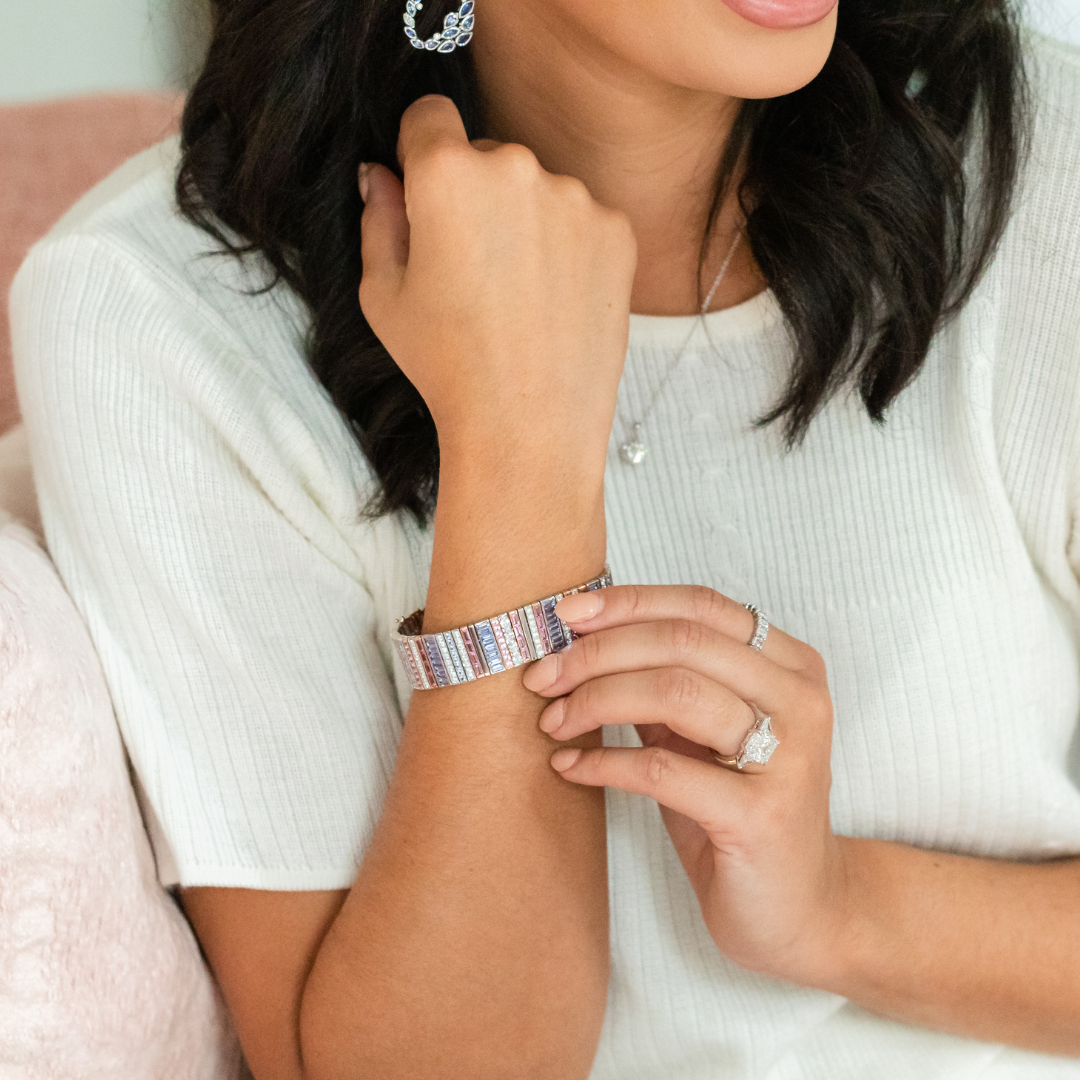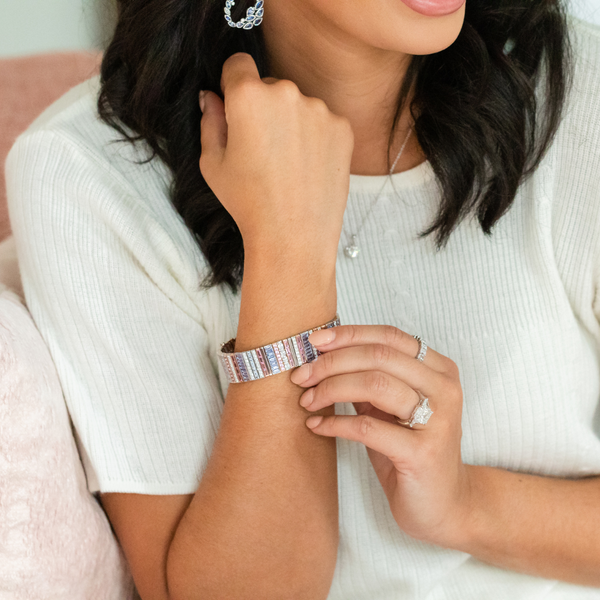
Called the “gem of autumn”, a reference to the deep blue autumn sky, the sapphire has been around for centuries. Its popularity dates back to Ancient Greek culture where mythology holds that the first ring ever worn was a sapphire and ancient Persians believed the world leaned upon a giant sapphire, giving the sky its blue color. In terms of standing the test of time, the sapphire is second only to diamonds in durability. This is just one reason sapphires make great alternatives for engagement rings. Continue reading if you want to learn more about this enchanting gem!

A (Birth)stone of Many Hues
Although typically depicted more of a cobalt blue, sapphires come in a literal rainbow of colors, with varying hues of violet, green, yellow, orange, pink, purple, and various shades in between. Any color but blue sapphires are beautifully named “fancies”. Red stones are the only exception, as those are classified as rubies. However, both the ruby and sapphire are members of the corundum family. What makes a sapphire blue is determined by impurities in its molecular makeup; when titanium and iron are present, the corundum is identified as a sapphire because of the deep purplish cast it takes on. Exposure to different impurities produce the wide range of shades.
More than Just a Pretty Shade
As already mentioned, the sapphire dates back to ancient civilization. Its name derives from both the Latin ’sapphirus’ and the Greek ‘sappheiros’, their word for “blue”. These stones were believed to possess mythical powers and bring good luck to the wearer. Ancient Greeks wore sapphire for guidance; Buddhists believed that it brought spiritual enlightenment, and Hindus used it during worship. Early Christian kings cherished sapphire’s powers of protection by using it in ecclesiastical rings.
Today, sapphires are often associated with truth, innocence, and peace due to these attributes’ association with the color blue. (Blue is often associated with purity and considered a calming shade). Perhaps best known as September’s birthstone, because of its reminiscence of the autumn season, gemstone historian George Frederick Kunz writes that sapphire is September’s birthstone because it resembles the autumn sky, when the “declining sun no longer sends forth the fiery rays of summer but shines with a tempered brilliancy.”
Because the sapphire is so durable, it makes a great stone for everyday wear. Dense and compact, it seems almost impervious to damage, and can only be scratched by the one stone stronger than itself, a diamond. For this reason, sapphire is often used in the production of smartwatch dials.
Famous Blues
Perhaps the most famous sapphire is the one Princess Diana wore when she shocked the world with her non-traditional choice in engagement ring. She was more than likely on to something, as sapphires had been worn in royal families for years and is thought to be where the term ‘royal blue’ derives. Another famous sapphire is the Millennium Sapphire, the world’s largest sapphire, discovered in Madagascar in 1995.
The rarest variety of sapphire is found in Sri Lanka. It is named ‘padparadscha’, the Sinhalese word for ‘lotus flower’. They are not blue, at all, rather, they have a pinkish, orange color, creating a look of sunrise and sunset. Sri Lanka is so famous for its sapphires that it is sometimes referred to as ‘Gem Island’.


